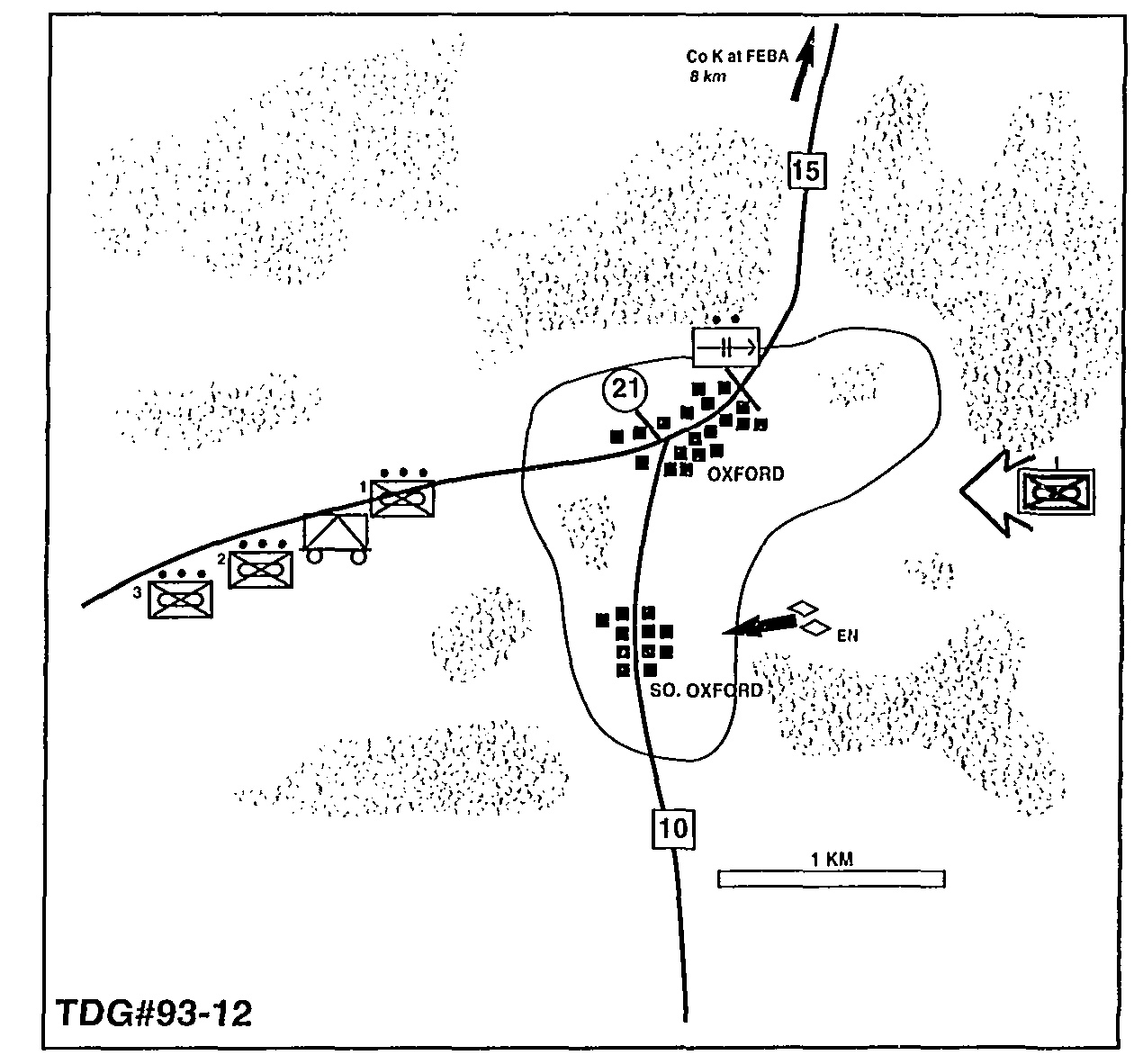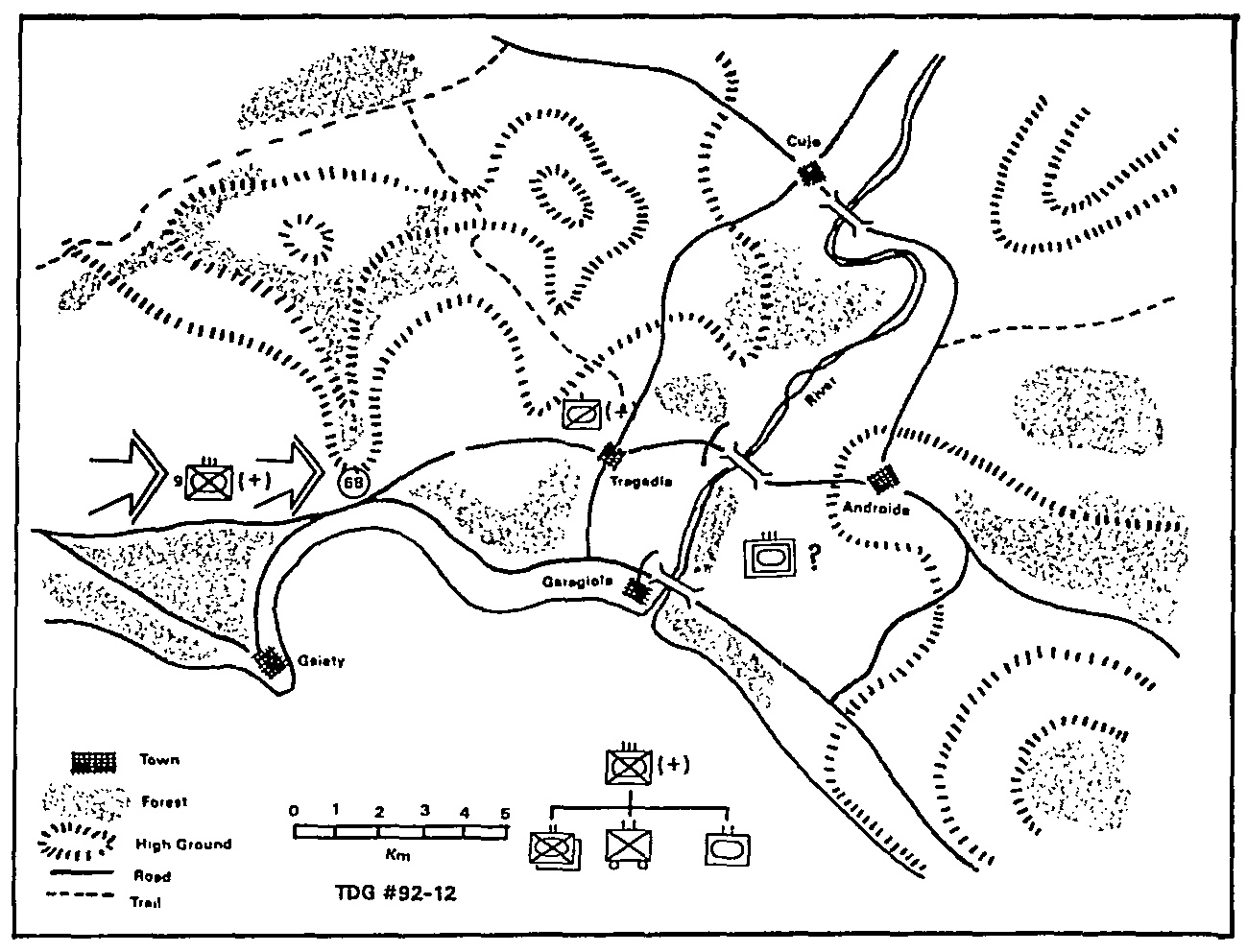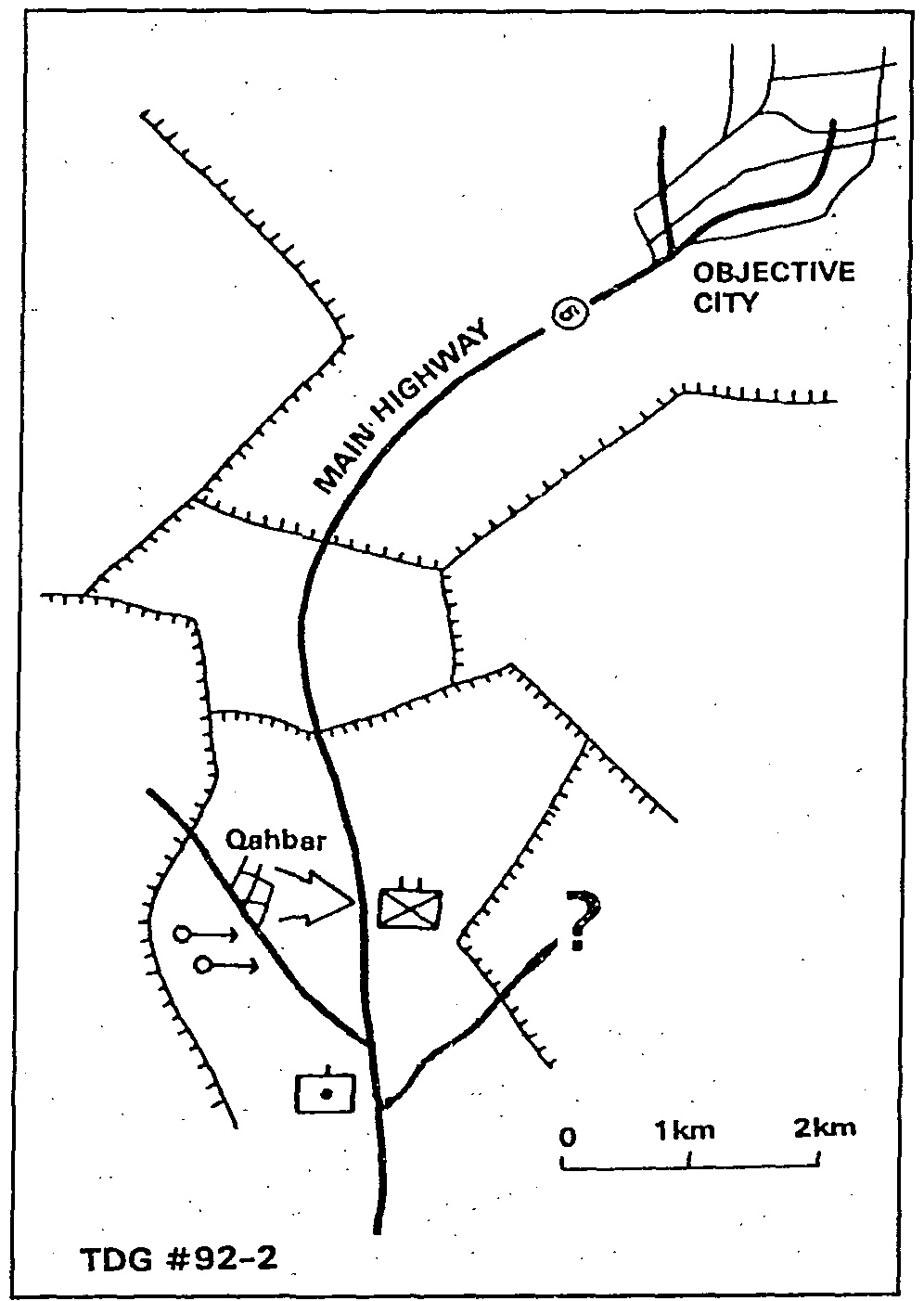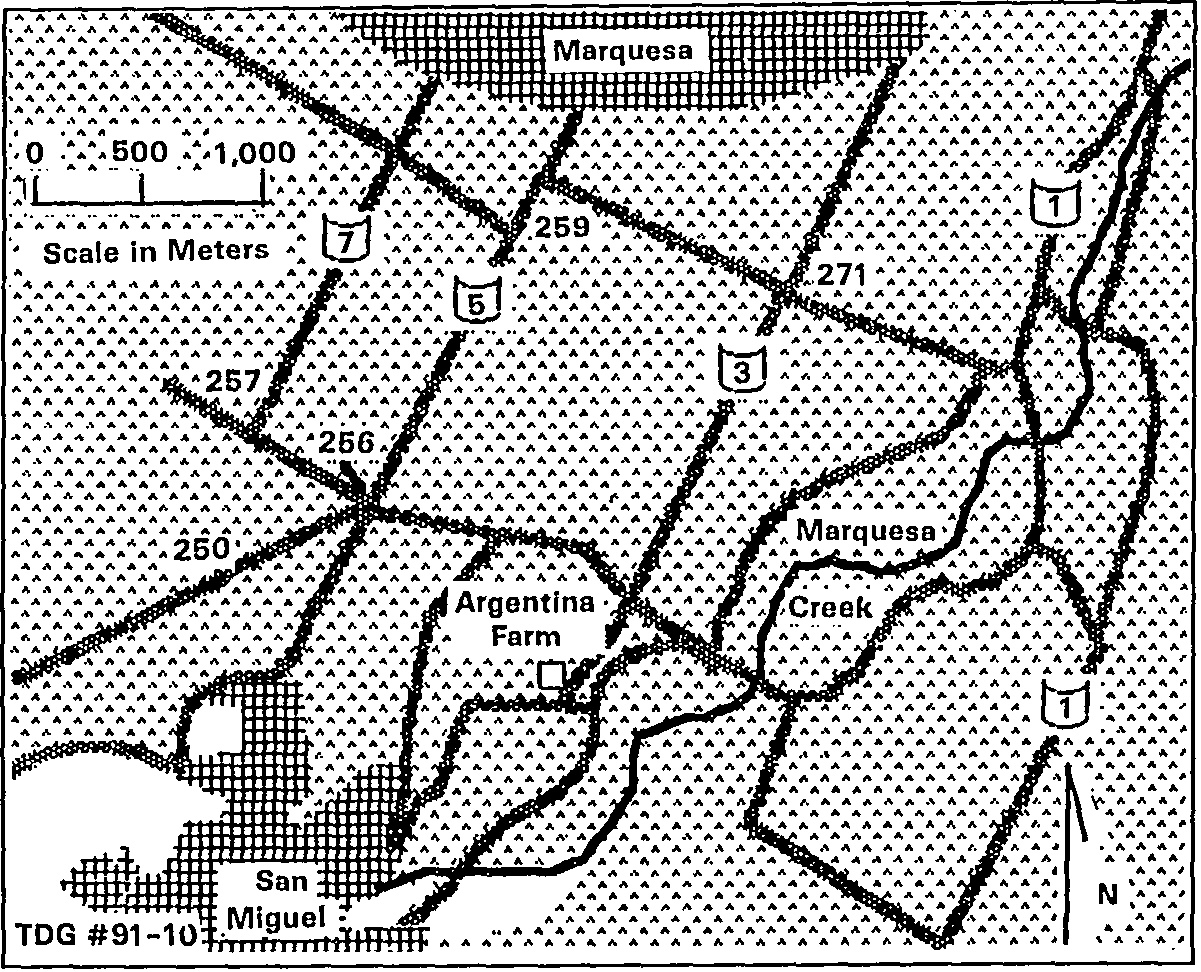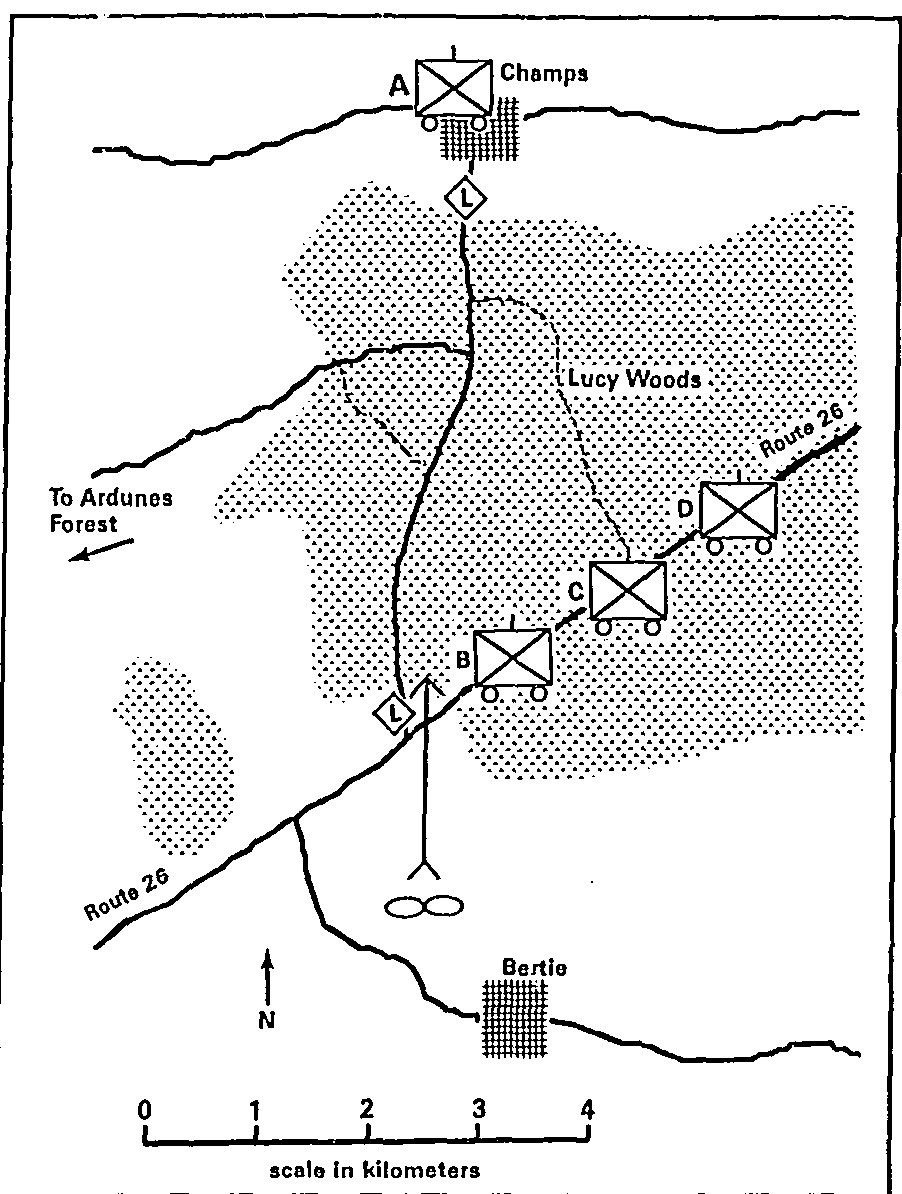With nearly a third of the Marine Corps deployed in the desert, opposed by a large tank threat, every Marine ought to be thinking seriously about how to fight tanks. Such thinking raises questions at a number of levels. Confronting a tank-heavy enemy with one of our Marine air-ground task forces (MAGTF) organizations is one thing, a problem to be solved by generals and colonels alike. There is a different set of problems to be solved by companies, platoons, and squads of Marine infantry and for combat service support Marines, problems of close combat against tanks that loom as overriding for a lance corporal and drive into insignificance any theories of fighting the MAGTF. Make no mistake: colonels and generals also need to be vitally concerned about combat at this level.
Marines are infantrymen. The Marine expeditionary force, combined arms force that it is, remains fundamentally an infantry unit. Therefore, Marines ought to be able to answer the question: What does infantry do against tanks in the desert?
Focusing on the company level, this problem is designed to begin a dialog in answer to that question.
Background
You are commanding officer, Company A, 1st Battalion, 7th Marines (1/7). It is 0530, 12 December 1990. Mounted in amphibious assault vehicles (AAVs), you have been moving south to north across the open Southwest Asian desert, following an intensive but indecisive battle against enemy mechanized forces. You, Company B, 1/7, and Company A, 1st Engineers, have been placed under the leadership of commanding officer, 1st Tank Battalion (-) (+), following the battle. He is operating as part of Task Force Mauler, a combined arms task force whose mission is to find and destroy an enemy armored brigade.
Your company includes detachments from the Dragon, TOW, and 81mm mortar platoons. In addition to your tables of organization (T/O) allocations of small arms, automatic weapons, and machineguns, your inventory of weapons includes:
2 TOWs (HMMWV-Mounted)
8 Dragons
6 SMAWs
8 AT4s
27 LAAWs
10 AT (antitank) mines
2 81mm mortars
1st Tank Battalion (-) (+) is the easternmost thrust of a number of multiple thrusts that comprise Task Force Mauler’s move north. As the leading element assigned to 1st Tank Battalion (-) (+), you have been performing reconnaissance and screening missions. The battalion commander, who habitually leads from the front, is moving with a small mobile command group some 1,000 meters to your north and west. Company B, 1/7, is moving slightly behind Company A, two to three kilometers to the west, The engineer company has been moving along with you. The tanks-approximately two companies of them-have been moving behind you.
Situation I: 0600, 12 December
 Monitoring the battalion tactical net, you hear the battalion commander order the tank companies to halt. A logistic train is approaching, and it will rendezvous at their present position to refuel and perform maintenance. Though fueling and repair will be conducted as rapidly as possible, the battalion commander thinks it will be three hours before all his tanks are up and ready. All vehicles in the battalion are critically short of fuel, including your AAVs. Priority will go to fueling the tanks, but you must either accommodate the logistic train in your position or dismount and send your vehicles back to where the tanks are fueling, depending on the situation, as the fuel your vehicles have onboard will not last more than another hour. You discuss this over the radio with your battalion commander and halt your company in the position shown on the diagram. By the time you halt, the distance between you and the tank companies has widened to about three kilometers.
Monitoring the battalion tactical net, you hear the battalion commander order the tank companies to halt. A logistic train is approaching, and it will rendezvous at their present position to refuel and perform maintenance. Though fueling and repair will be conducted as rapidly as possible, the battalion commander thinks it will be three hours before all his tanks are up and ready. All vehicles in the battalion are critically short of fuel, including your AAVs. Priority will go to fueling the tanks, but you must either accommodate the logistic train in your position or dismount and send your vehicles back to where the tanks are fueling, depending on the situation, as the fuel your vehicles have onboard will not last more than another hour. You discuss this over the radio with your battalion commander and halt your company in the position shown on the diagram. By the time you halt, the distance between you and the tank companies has widened to about three kilometers.
The battalion commander now calls you on the radio as follows:
The tanks are going to refuel and refit in their present position. The threat is still to the north. It’s possible that 50 to 100 tanks with infantry could be down here in less than an hour. I want the two rifle companies to protect us while we refuel. Alfa, You orient towards the north and east. You are the focus of effort. Bravo, you orient towards the north and west.
1st and 2d Battalions, 11th Marines are both in range to give us artillery support if we need it HMLA-369 is on the deck with 10 UH-1Ns and 10 Whiskey Cobras that can be in action here in less than five minutes. The wing has launched dawn patrols; if any enemy tanks materialize, you can expect EA6Bs and Harriers to attack immediately.
The terrain is fundamentally featureless desert, save the single ridge near Company A’s present position, shown on the diagram. This ridge rises to a maximum of 10 meters in height, is approximately 1,500 meters in length, east to west, and 200 to 300 meters in depth, north to south. Though otherwise featureless at the macro level, it does, of course, offer the normal indentations and depressions that individual infantrymen can use to hide and to afford themselves a modicum of protection. Although approximately level, there is a gentle slope, never more than 3 degrees, downward on either side of the dotted line shown on the diagram.
Requirement I
Who should determine at this point where and how you should position the forces that are at the disposal of Company A-the battalion commander or the company commander?
Assuming the role of either the company commander, the battalion commander, or both, submit your concept for employing Company A and its attachments. Where will they be positioned vis-a-vis the tanks?
Situation II: 0700, 12 December
In the morning twilight, dust plumes are visible on the horizon, following reports from aerial reconnaissance that at least 50 tanks are heading due south, directly towards your position. Aerial recon confirms that the tanks are T-62s. They are followed by as many BTRs, probably carrying infantry. Indications are that they are unaware of your location but are hopeful of locating you and surprising you. U.S. Marine attack air begins its attack 6-8 kilometers north of your position; however, enemy fighters are on the scene as quickly as the Marine planes arrive. You see two Marine Harriers go down, apparently from ZSU-23 fire.
Requirement II
Draw a separate, enlarged diagram of your company position, showing how you will emplace the additional weapons available to you. (See Background above.) Include enough detail in your diagram to show how these weapons are integrated with your T/O weapons and the infantry units of Company A, including, where appropriate, detail at the squad and/or fire team level. (Use of improvised symbols, numbers, or letters to identify weapons is permissible.)
Send your solutions without delay to the Marine Corps Gazette, TDG #90-9, P.O. Box 1775, Quantico, VA 22134.
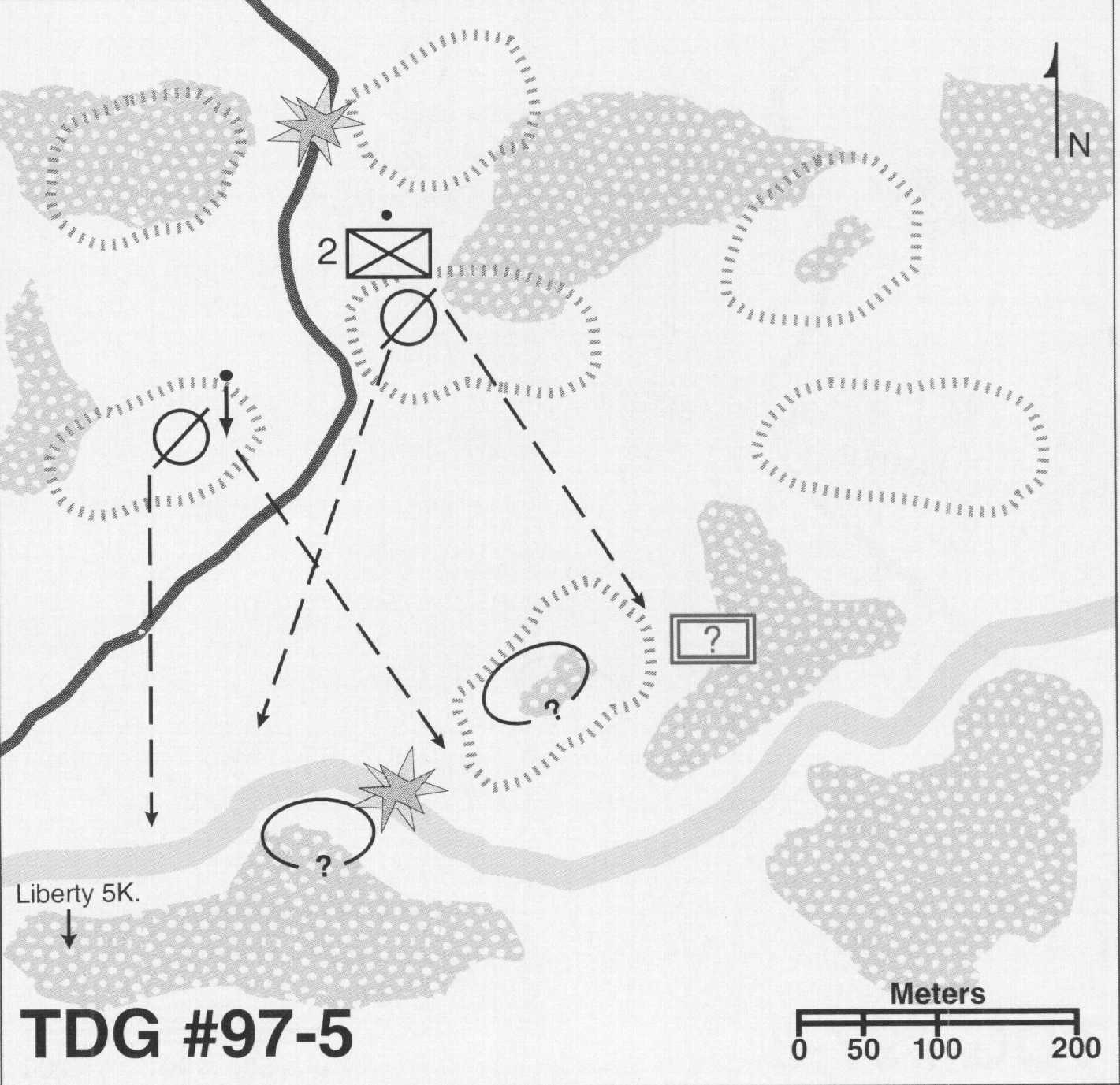 You are a platoon commander in company K, 3d Battalion, 4th Marines. The company is making a movement to contact, moving south toward Liberty with the mission of locating and destroying any sizable enemy forces en route. The company commander has said he “wants to bag a big one.” The march objective is merely a reference point for the direction of movement; the true objective is the enemy. You are fighting infantry forces that use maneuver and fires aggressively. Your platoon is the advance guard. 1 st Squad, led by your most experienced and reliable squad leader, has the point. You are about 200 meters back, followed by 2d and 3d Squads.
You are a platoon commander in company K, 3d Battalion, 4th Marines. The company is making a movement to contact, moving south toward Liberty with the mission of locating and destroying any sizable enemy forces en route. The company commander has said he “wants to bag a big one.” The march objective is merely a reference point for the direction of movement; the true objective is the enemy. You are fighting infantry forces that use maneuver and fires aggressively. Your platoon is the advance guard. 1 st Squad, led by your most experienced and reliable squad leader, has the point. You are about 200 meters back, followed by 2d and 3d Squads.


